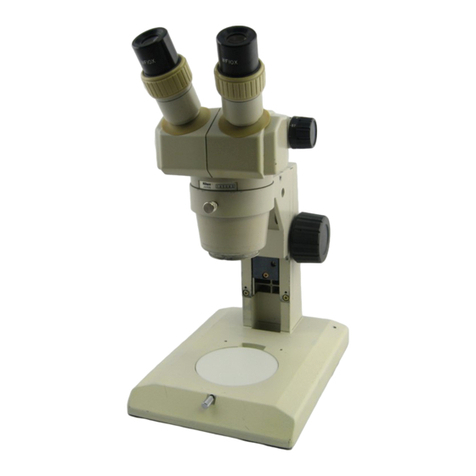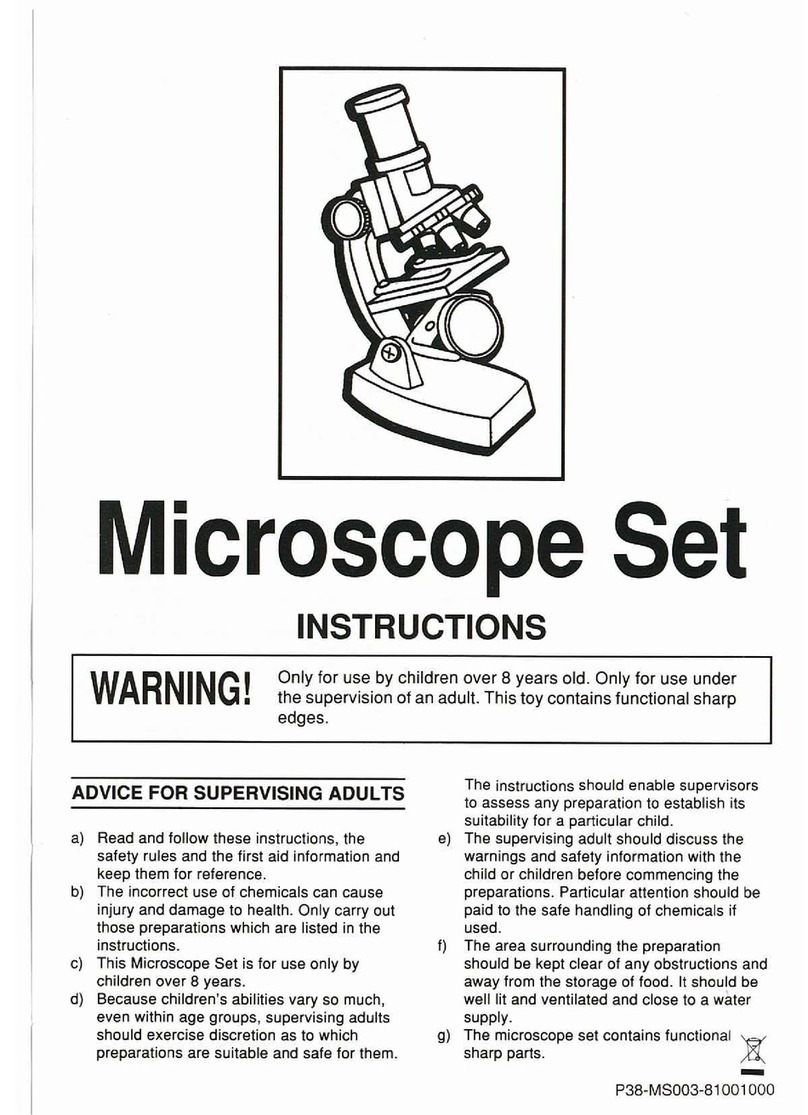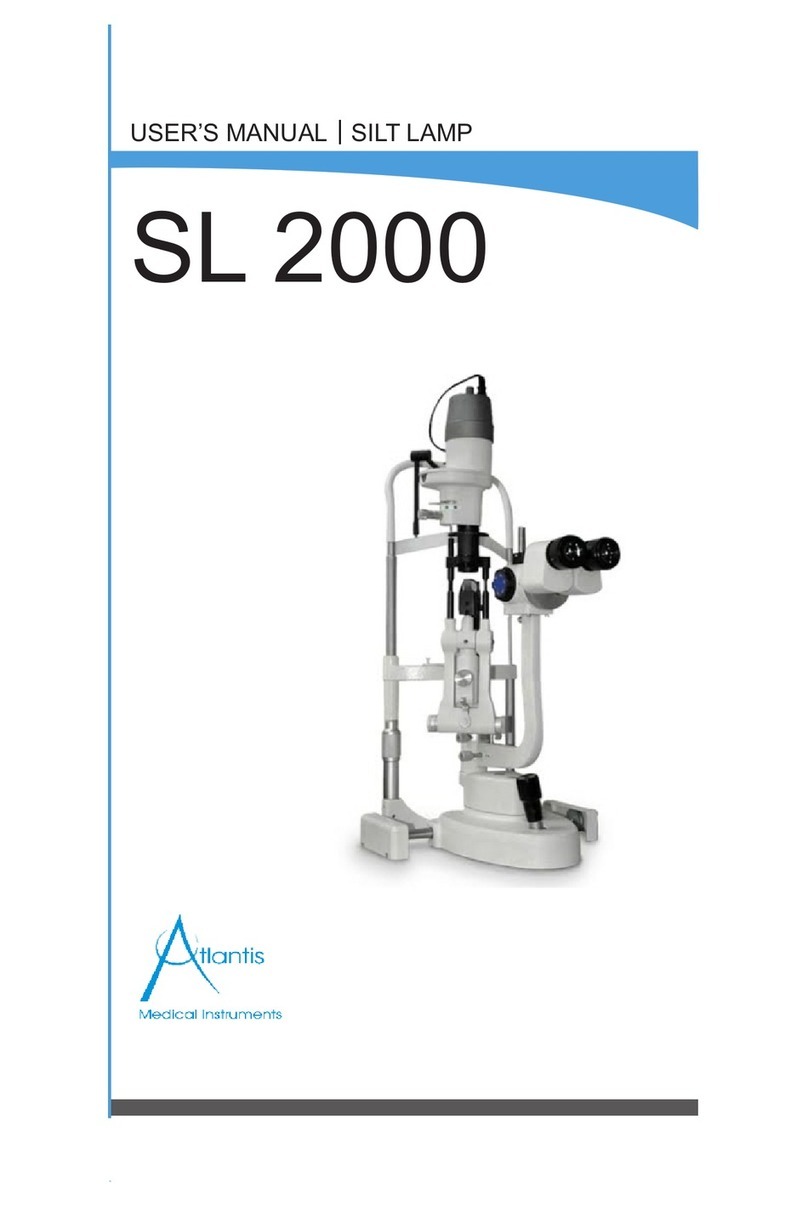Nikon SC User manual
Other Nikon Microscope manuals

Nikon
Nikon SMZ1000 User manual
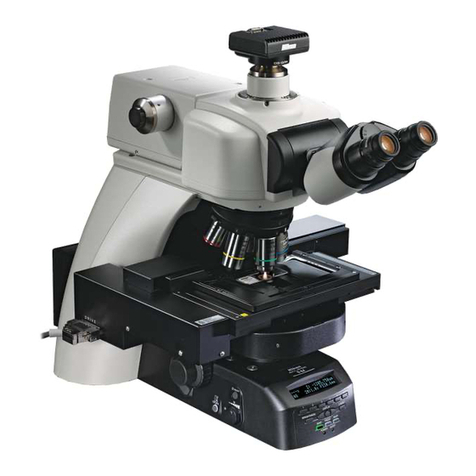
Nikon
Nikon ECLIPSE Ni-E User manual
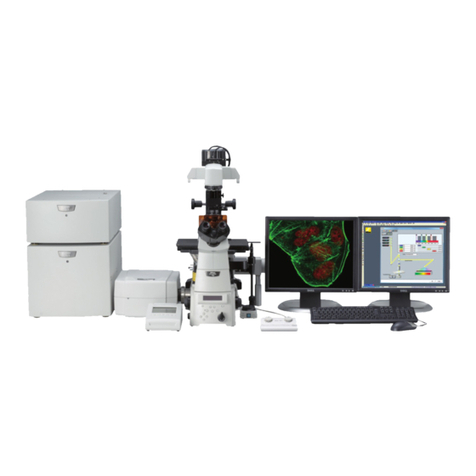
Nikon
Nikon A1+ Manual
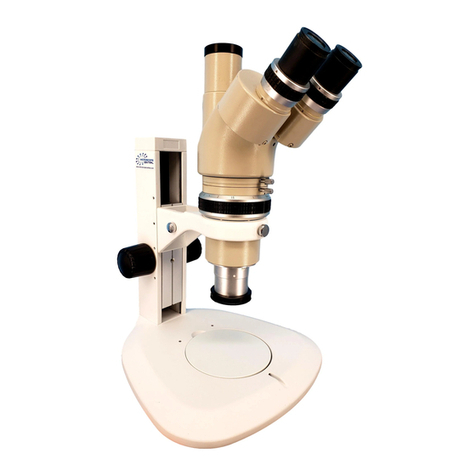
Nikon
Nikon SMZ-10 Operating instructions
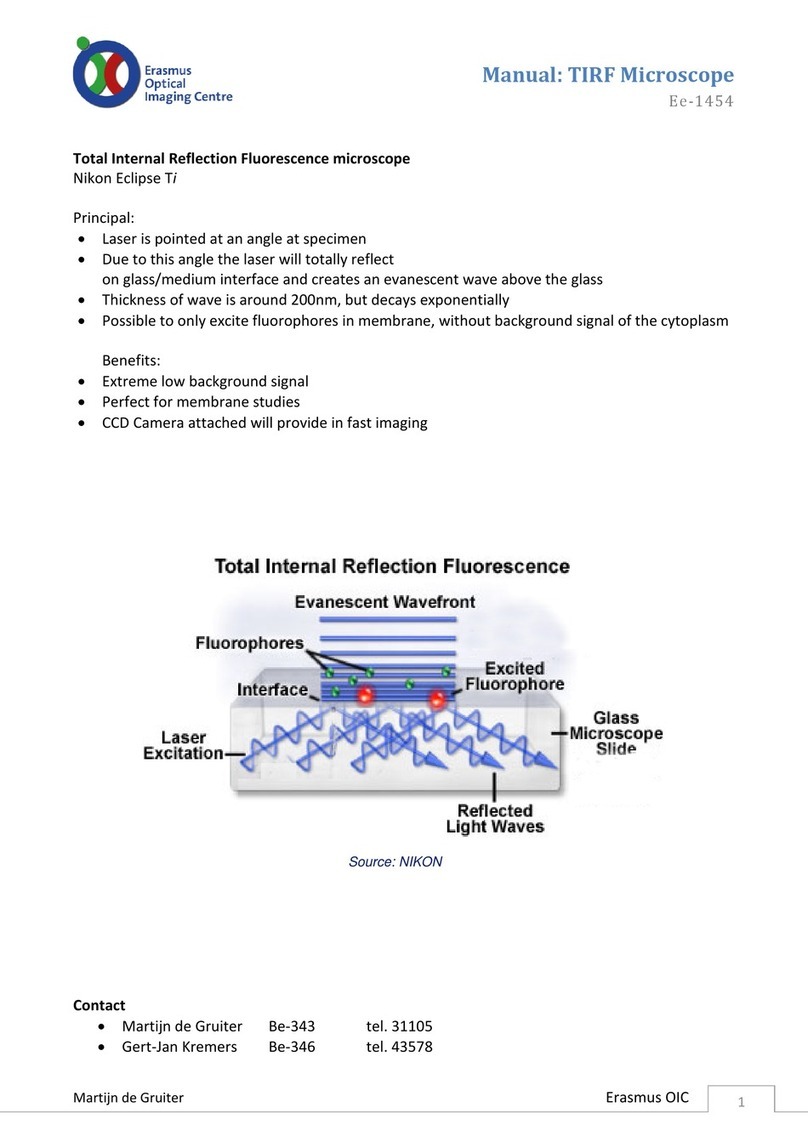
Nikon
Nikon Eclipse Ti TIFT 1454 User manual

Nikon
Nikon L-ke User manual
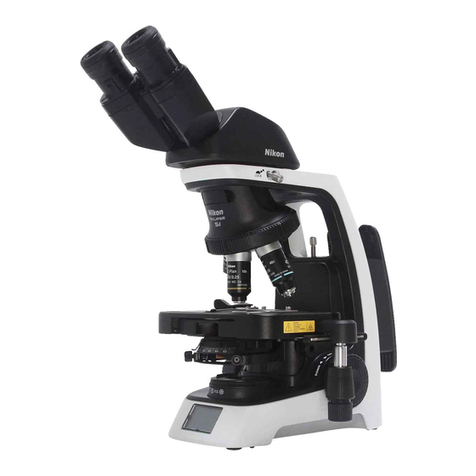
Nikon
Nikon ECLIPSE Si User manual

Nikon
Nikon Optiphot 66 User manual

Nikon
Nikon ECLIPSE Ni-E User manual

Nikon
Nikon Ee1078 User manual

Nikon
Nikon N-STORM User manual

Nikon
Nikon Microphot-FXA User manual
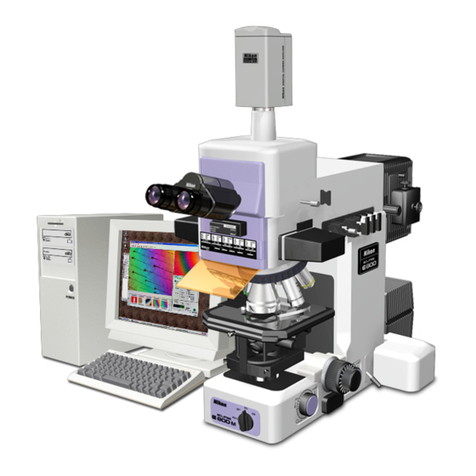
Nikon
Nikon Eclipse 800 User manual

Nikon
Nikon SMZ-10A User manual

Nikon
Nikon SMZ745T User manual

Nikon
Nikon SMZ-1 User manual
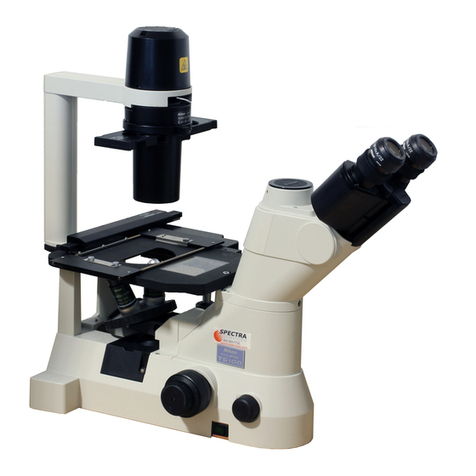
Nikon
Nikon Eclipse TS100 User manual
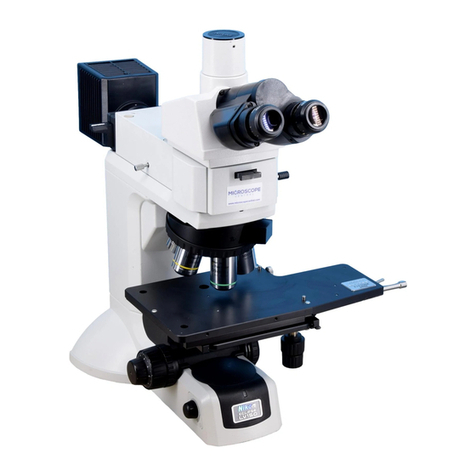
Nikon
Nikon eclipse lv150 User manual
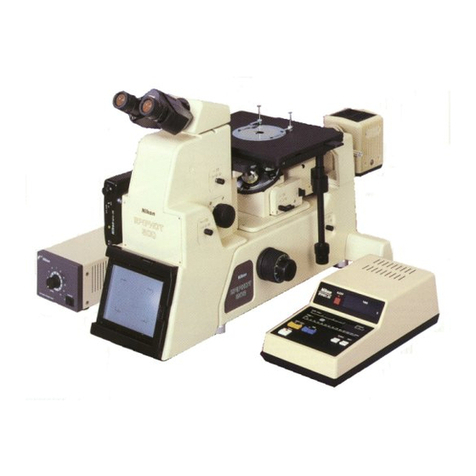
Nikon
Nikon Epiphot 300 User manual

Nikon
Nikon SMZ1500 User manual

